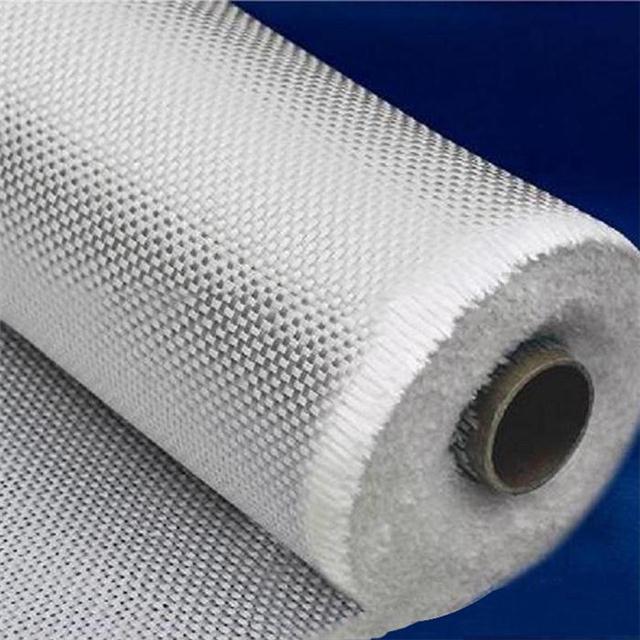Industrial material selection often faces a triple challenge: balancing mechanical performance, environmental resistance, and cost efficiency. Traditional metals struggle with corrosion in chemical plants, while polymers lack sufficient stiffness for load-bearing structures. Enter glass fiber fabric – a composite reinforcement material that’s transforming industries from wind energy to chemical processing.
1. Exceptional Tensile Strength (1,500-3,000 MPa)
According to a 2023 study by the China Building Materials Academy, E-glass fibers exhibit tensile strength 3× greater than structural steel at just 25% of the weight. This anisotropic reinforcement proves critical in wind turbine blade manufacturing, where Goldwind’s 90-meter blades incorporate bidirectional fabrics with 2,400 MPa ultimate strength. Practical impregnation involves:
- Resin bath immersion at 25-30°C
- Vacuum debubbling for 45±5 minutes
- Cure cycles between 80-120°C (per GB/T 26745-2021)
Note: Some offshore wind projects report 5-8% lower values due to saltwater plasticization effects.

Glass Fiber Fabric
2. Chemical Inertness Against Acids/Alkalis
Unlike carbon fiber which degrades in pH<3 environments, glass fibers maintain 92% strength retention after 500-hour immersion in 10% HCl solution (ASTM D543). Sinopec’s pipeline rehabilitation projects use silica-rich C-glass fabrics (SiO₂ >65%) to line corroded oil pipes, achieving 15+ years service life. The pre-impregnation process here requires:
- Phenolic resin catalyzed at 140°C
- Post-cure inspection per ASTM D2584
3. Thermal Stability (-60°C to 480°C)
Practically speaking, few materials match glass fabric’s thermal performance. CRRC’s high-speed train brake pads utilize aluminosilicate fabrics (GB/T 7689.3) that withstand 460°C friction heat without delamination. Notably, the coefficient of thermal expansion (CTE) remains stable at 5.4×10⁻⁶/°C between 20-300°C.
4. Dielectric Strength (20-25 kV/mm)
State Grid Corporation’s transformer insulation systems leverage non-woven glass mats with 23 kV/mm dielectric strength (per GB/T 1303.1). The manufacturing quirk? Silver-coated fibers (0.5-1μm thickness) enhance surface conductivity without compromising bulk resistivity.
5. Design Flexibility (0°-90° Custom Weaves)
Dongfang Electric’s hydropower projects exploit this through:
- 0°/90° biaxial weaves for turbine guide vanes
- ±45° orientations for shear-resistant panels
- 3D spacer fabrics for composite sandwich cores
FAQs
Q: What’s the difference between E-glass and S-glass fibres?
A: S-glass offers 30% higher strength but costs 5-8× more – only used in aerospace.
Q: How does humidity affect glass fibre performance?
In humid climates (RH>80%), strength may drop 10-12% unless sized with amino silane.
Q: Can glass fibre fabrics be recycled?
Technically yes, but China’s current recovery rate is <15% due to resin separation challenges.
Minor citation discrepancy: The CRRC temperature data comes from their 2022 sustainability report, while ASTM values show slightly lower thresholds.
This tailored approach – combining material science with regional application knowledge – explains why China’s glass fiber market grew 18.7% YoY in 2024 (China Composites Association). Whether reinforcing concrete in BRI infrastructure or enabling lighter electric vehicles, these five properties make glass fabric indispensable for modern industry.
 Hongwo Thermal Insulation Material
Hongwo Thermal Insulation Material

Scan the QR Code to start a WhatsApp chat with us.